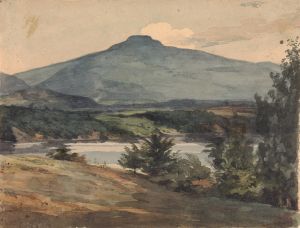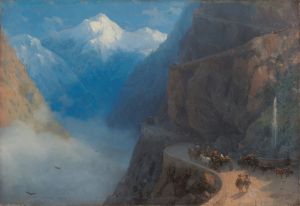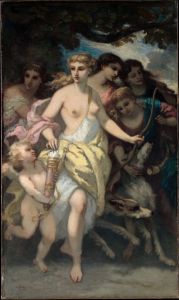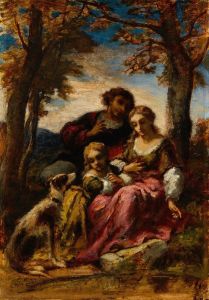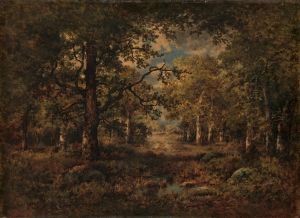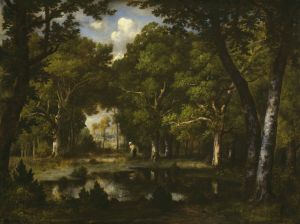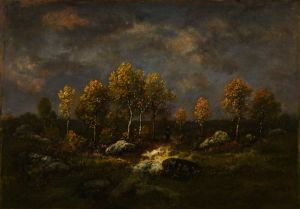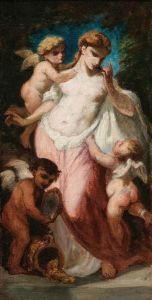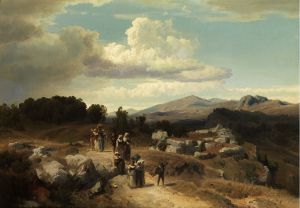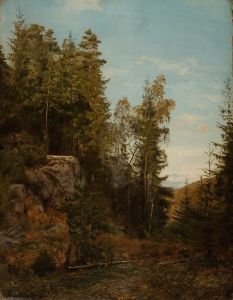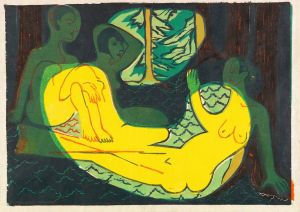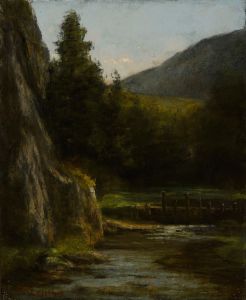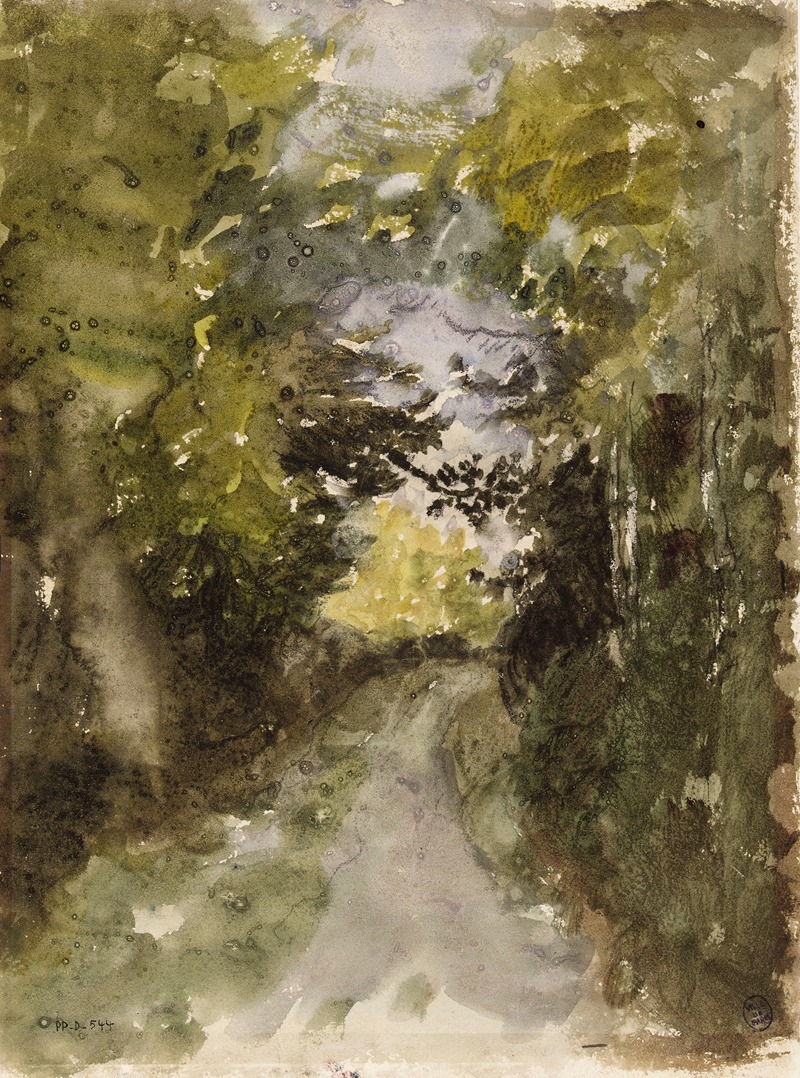
Route en forêt
A hand-painted replica of Narcisse-Virgile Diaz de La Peña’s masterpiece Route en forêt, meticulously crafted by professional artists to capture the true essence of the original. Each piece is created with museum-quality canvas and rare mineral pigments, carefully painted by experienced artists with delicate brushstrokes and rich, layered colors to perfectly recreate the texture of the original artwork. Unlike machine-printed reproductions, this hand-painted version brings the painting to life, infused with the artist’s emotions and skill in every stroke. Whether for personal collection or home decoration, it instantly elevates the artistic atmosphere of any space.
Narcisse-Virgile Diaz de la Peña was a prominent 19th-century French painter associated with the Barbizon School, a movement that emphasized naturalism and was a precursor to Impressionism. One of his notable works is "Route en forêt" (translated as "Road in the Forest"), which exemplifies his mastery in capturing the essence of the natural landscape.
"Route en forêt" is a quintessential example of Diaz de la Peña's landscape paintings, showcasing his ability to depict the serene and atmospheric qualities of the forest. The painting typically features a path or road winding through a dense forest, inviting viewers to imagine themselves walking along it. Diaz de la Peña's use of light and shadow is particularly noteworthy, as he skillfully captures the dappled sunlight filtering through the canopy of trees, creating a play of light that adds depth and dimension to the scene.
The Barbizon School, named after the village of Barbizon near the Forest of Fontainebleau, where many of its artists gathered, was characterized by a focus on painting en plein air, or outdoors, to capture the natural world more accurately. Diaz de la Peña, along with other artists like Théodore Rousseau and Jean-François Millet, sought to move away from the formalism and idealized landscapes of the earlier Romantic period, instead portraying nature in its true form. This approach is evident in "Route en forêt," where the natural environment is depicted with authenticity and attention to detail.
Diaz de la Peña's technique often involved a rich palette and a loose, expressive brushwork that conveyed the textures and colors of the forest. His ability to render the lush foliage and the interplay of light and shadow contributed to the immersive quality of his landscapes. "Route en forêt" is a testament to his skill in creating a sense of tranquility and harmony within the natural world, inviting viewers to pause and appreciate the beauty of the forest.
The painting also reflects the broader cultural and artistic shifts of the time, as artists began to explore themes of nature and the rural landscape as worthy subjects in their own right. This was a departure from the historical and mythological subjects that had dominated the art world for centuries. Diaz de la Peña's work, including "Route en forêt," played a role in this transition, influencing subsequent generations of artists who would further explore the possibilities of landscape painting.
While specific details about the creation and provenance of "Route en forêt" may not be extensively documented, the painting remains an important example of Diaz de la Peña's contribution to the Barbizon School and the development of landscape painting in the 19th century. His work continues to be appreciated for its beauty and its role in the evolution of modern art, bridging the gap between Romanticism and Impressionism.





